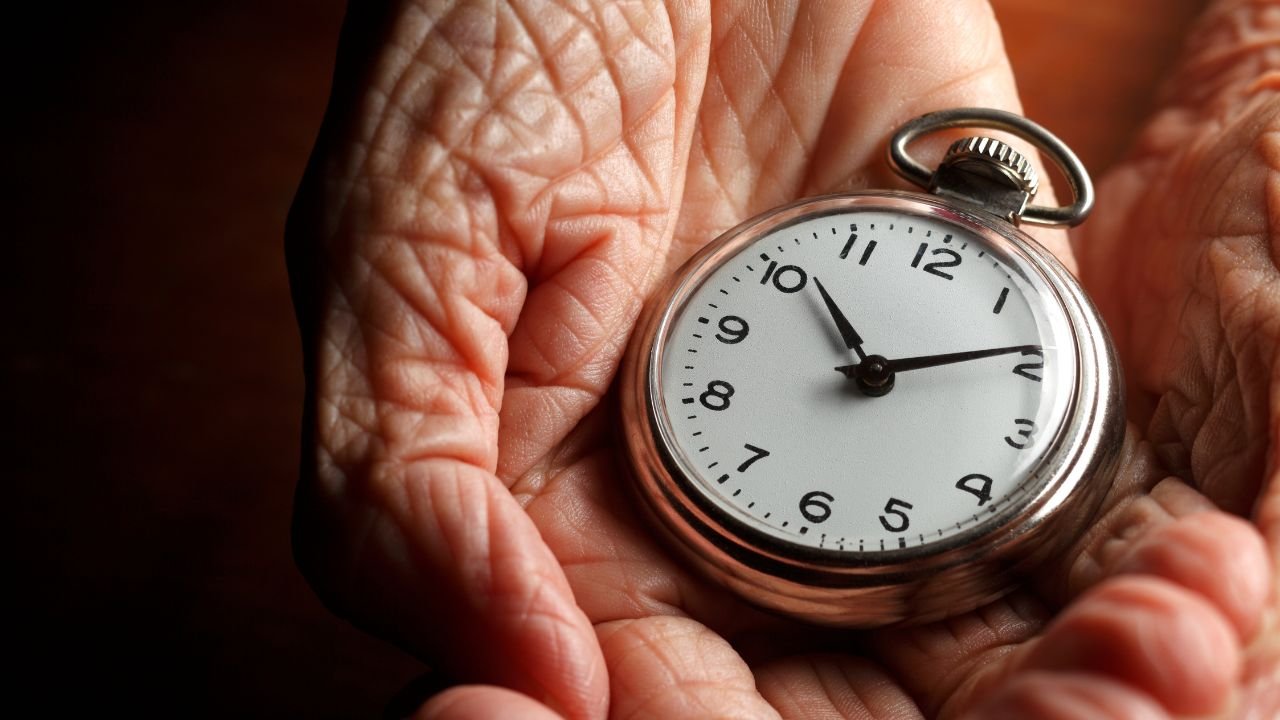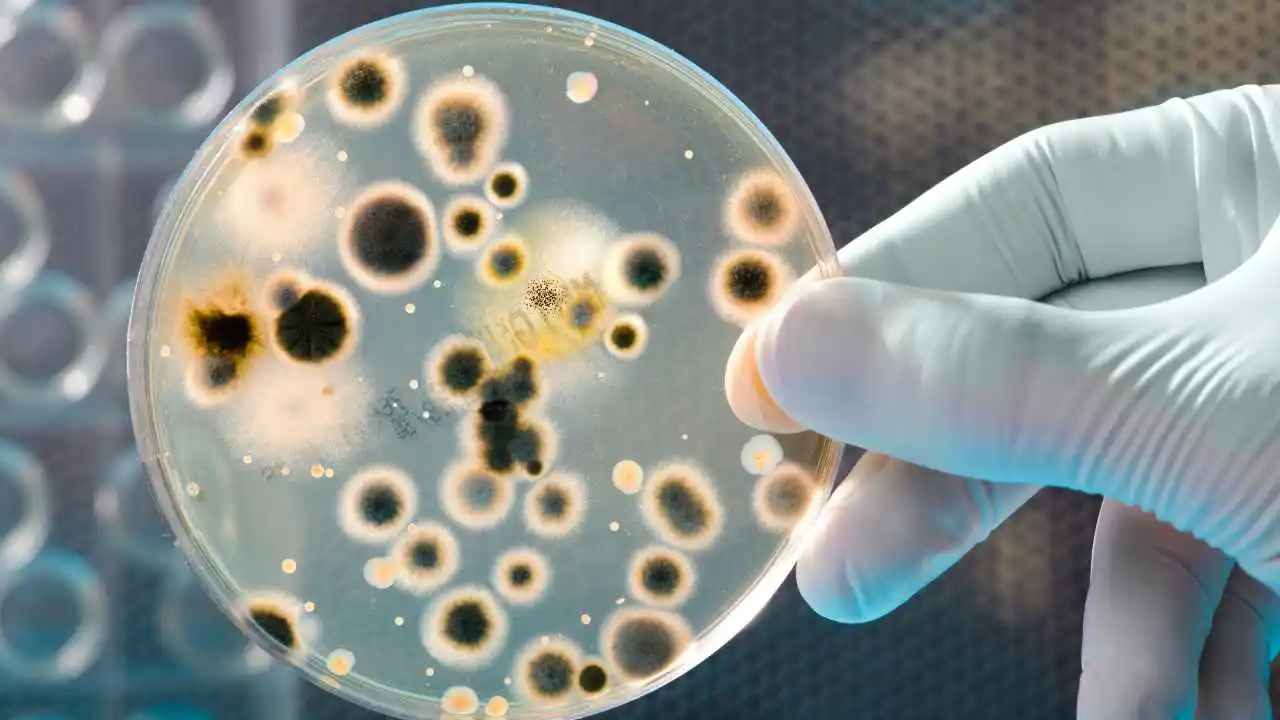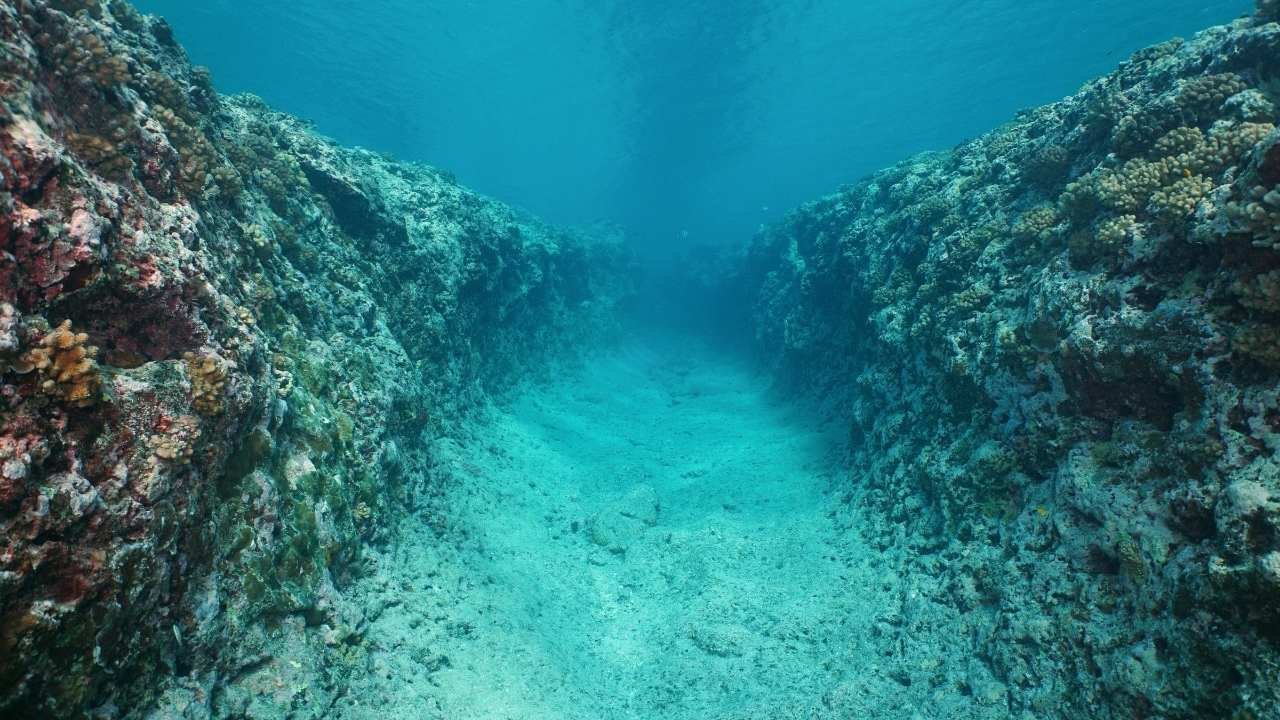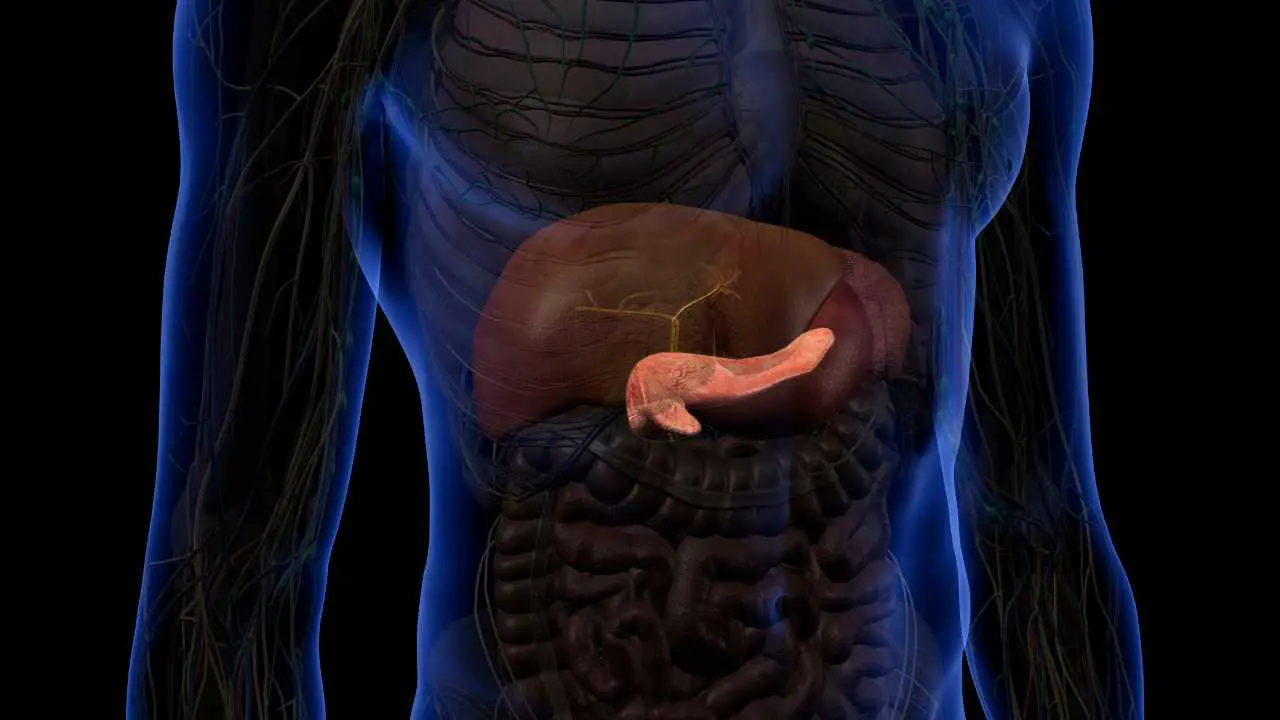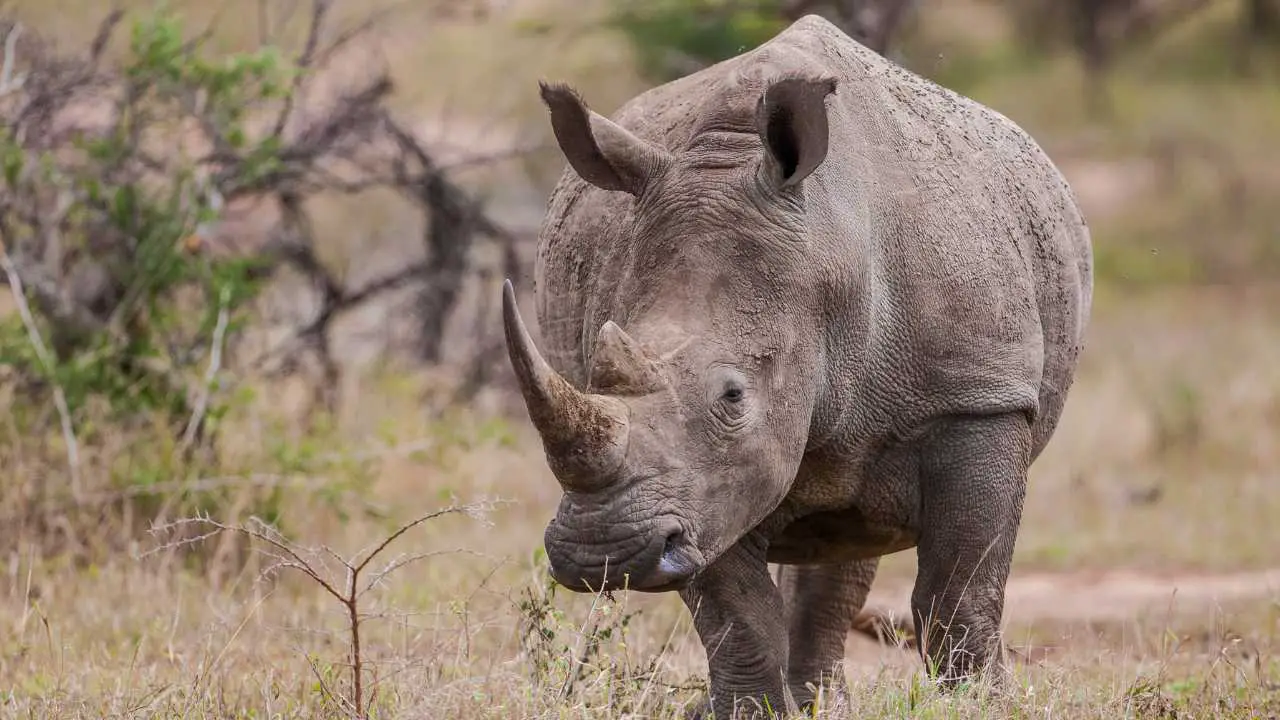Category: Biology
Can Identical Twins Have The Same DNA?
The physical similarities and shared genetic origins of identical twins have always engrossed scientists and the public. They are born from a single fertilized egg that splits into two embryos. As the identical twins begin their lives with nearly identical DNA, it leads to the assumption that they are genetic clones. Many studies have been…
Written by
Aging Occurs In Two Bursts Of Human Life
According to Stanford Medicine research humans do not experience aging in a steady cycle of linear changes, instead we experience bursts of aging between ages 44-60. As reported by Aging and Bio-molecular studies these stages of life do not experience a steady decline. Instead there is a spike of aging-related mortality risks and diseases when…
Written by
Would You Upload Your Mind If It Meant Living Forever?
The idea of uploading a human mind—transferring your memories, personality, and consciousness into a machine—sounds like something pulled from the pages of a sci-fi novel. But as brain science and AI race ahead, a growing number of researchers are asking a very serious question: Could mind uploading actually become a reality? Let’s explore what this…
Written by
Is Bacteria Good and Why?
Bacteria are often categorized into good and bad types. Good bacteria, or probiotics, are essential for digestion, helping to break down food and making nutrients more available. They also support the immune system by preventing harmful bacteria. The human body hosts trillions of microbes, most of which are beneficial and contribute to a healthy microbiome…
Written by
How Does An E-Cigarette Cause Cancer?
An e-cigarette or a vape is a device that uses nicotine solution, flavorings, and some other chemicals that might be harmful to the user but it is devoid of tobacco. It is almost the shape of a cigarette, cigar, or a pen consisting of a battery as a power source, an atomizer, and a container.…
Written by
What Body Part Heals The Fastest And Why?
The human body consists of four basic types of tissues: the epithelial, nervous, muscle, and connective tissue. These tissues possess an incredible capacity to self-repair and regenerate. Some of these heal faster than others. For example, when you get a cut on your back, leg, or hand, it may take several days or weeks to…
Written by
What Lives In Mariana Trench?
The Mariana Trench is the deepest part of the ocean, which is found in the Pacific Ocean, plunging over 36,000 feet (11,1000 meters). It’s a mysterious and extreme environment where the pressure is crushing, and sunlight can’t reach. Despite these harsh conditions, life still finds its way out. In the Mariana Trench, unique creatures that…
Written by
The Longest Living Person Without A Pancreas
The pancreas is an essential organ of the human body located in the abdomen behind the stomach. It acts both as an endogenous and exogenous gland. As an endogenous gland, it secretes insulin, glucagon, pancreatic polypeptides, and somatostatin, thus functioning in the regulation of our blood sugar. However, functioning as an exogenous gland, it secretes…
Written by
Do Rhinos Horns Grow Back?
Yes, rhino horns grow back. Just like the fingernails and hair of humans, rhino horns grow throughout their life. Their horns have the ability to regenerate. Rhinoceroses or simply rhinos are odd-toed ungulates that belong to the family Rhinocerotidae. There are five living or extant species of rhinos, three of which are indigenous to South…
Written by


